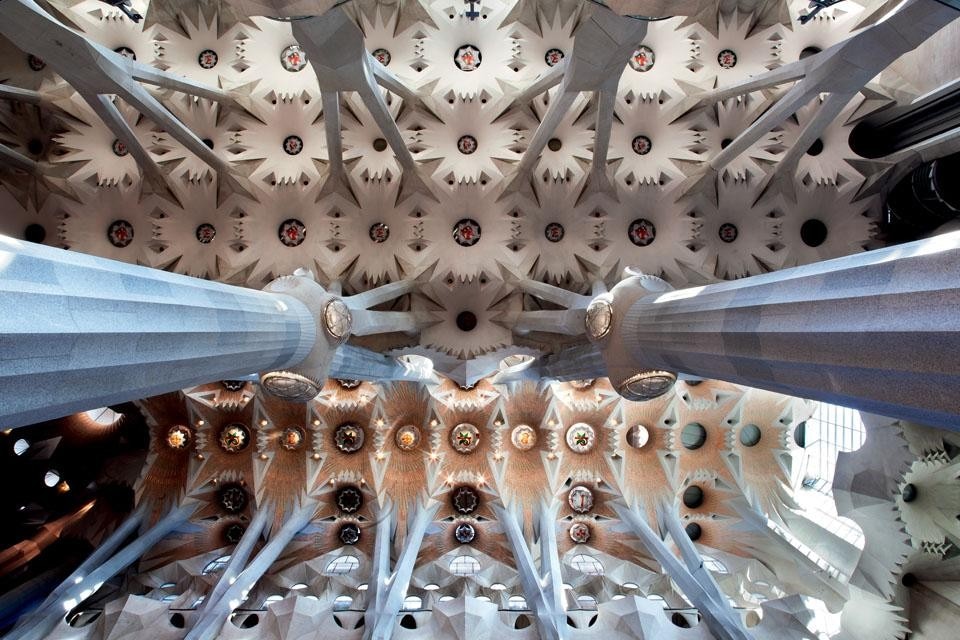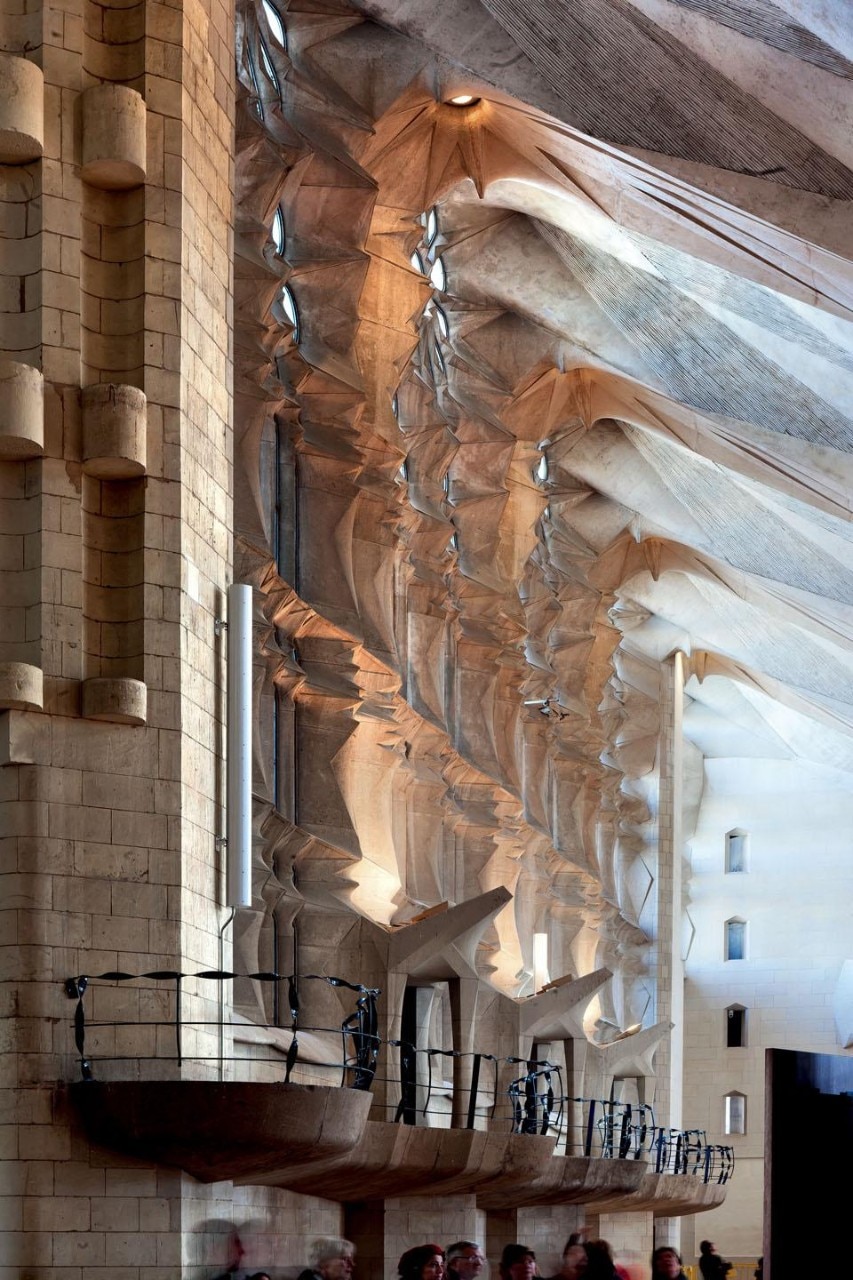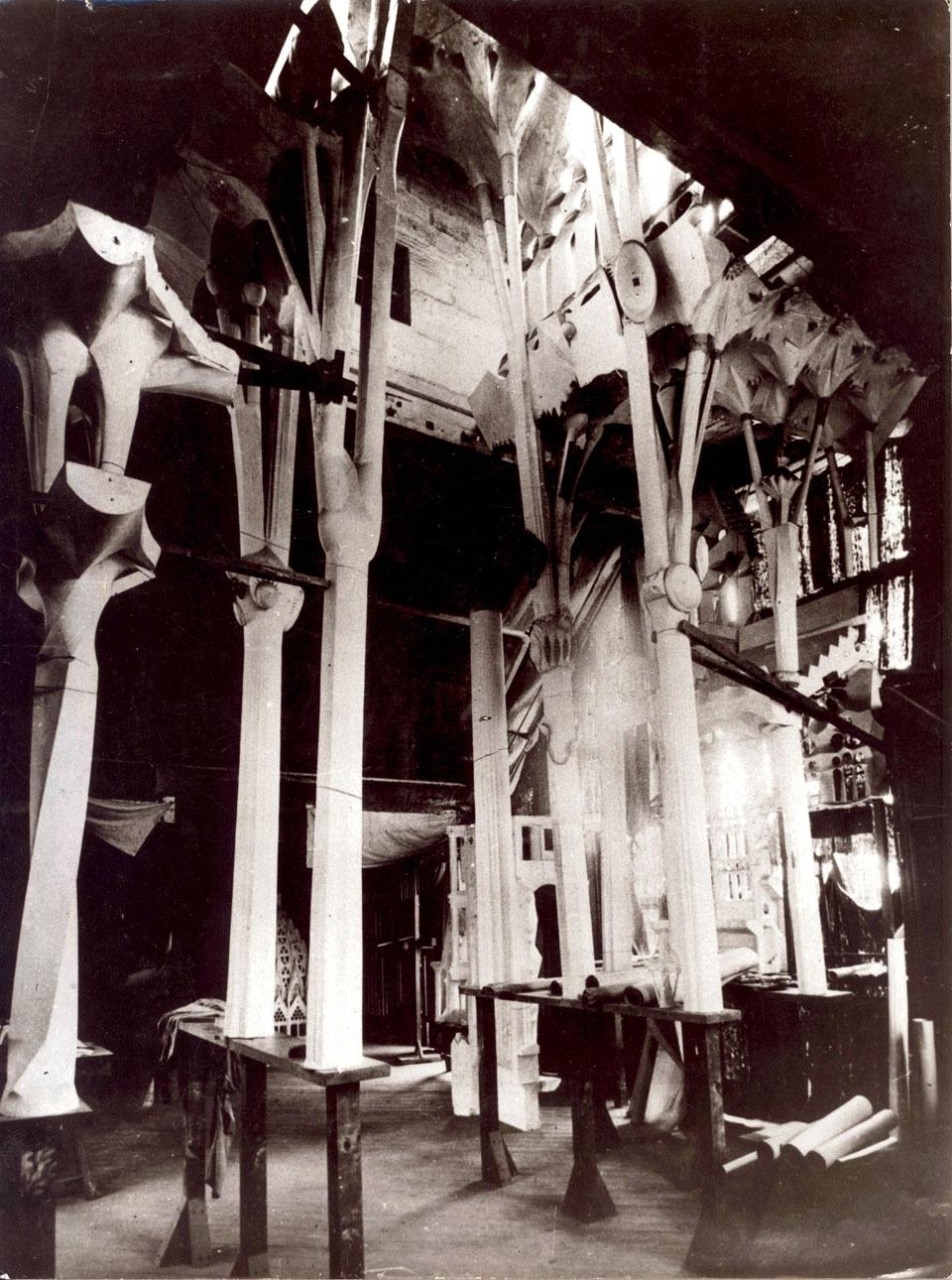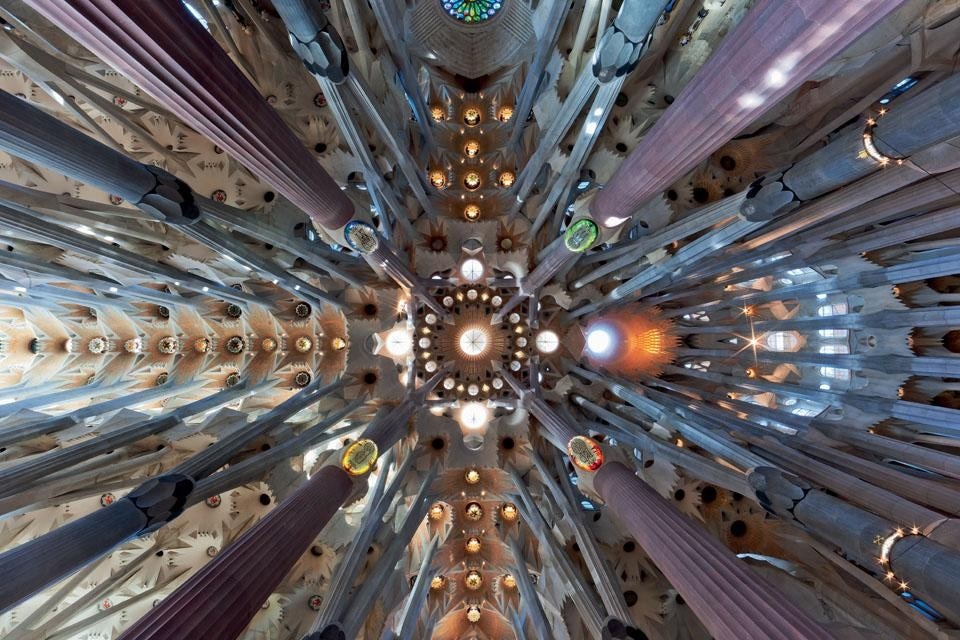At the start of 2002, to mark the 150th anniversary of the birth of the architect Antoni Gaudí, Domus asked me to write an article on the controversial issue of the continuation of construction work on the Sagrada Família Church. Published in May of that year, my article explained that, in the early 1960s, while I was still at university, I had been one of the instigators of a manifesto against the continuation of the church, which received the unconditional support of all the intelligentsia of the day—from Bruno Zevi to Giulio Carlo Argan, Alvar Aalto and Le Corbusier. The reaction to its publication was overwhelming and we were labelled as Marxist heretics. That year, public donations broke all records and those in charge of building felt this gave them more legitimacy than ever, not only before God (which they had never doubted) but also before men of good faith. In 2002, the question was no longer whether the construction, by then at an advanced stage and which no one would dare demolish, should be continued but how it should be finished.
Upon the consecration of the church, I have been asked the same question again. Eight years have passed and my critical opinion has begun to falter. My doubts began when I saw the central nave being built from the street. The space seemed majestic and impressive. My rejection wavered all the more when Alfons Soldevila—an excellent architect, technologically advanced in tensile structures, galvanised steel and polycarbonate, and with whom I have worked on several occasions—told me that I would drastically change my mind if I had an in-depth knowledge of the works. He assured me that the Sagrada Família was the most important building of the twentieth Century and that he would personally show me around it. I accepted this invitation so that I could write this article from an informed standpoint. I have just toured the church from top (it is over 60 metres high) to bottom with Alfons and Josep Gómez Serrano, one of the project architects, and I must admit that I was dumbfounded.
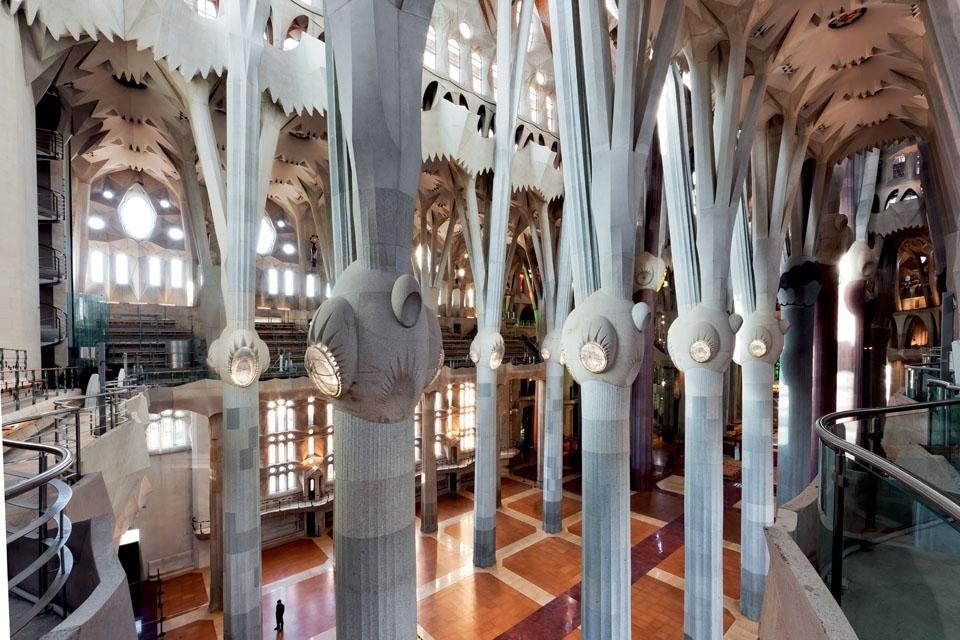
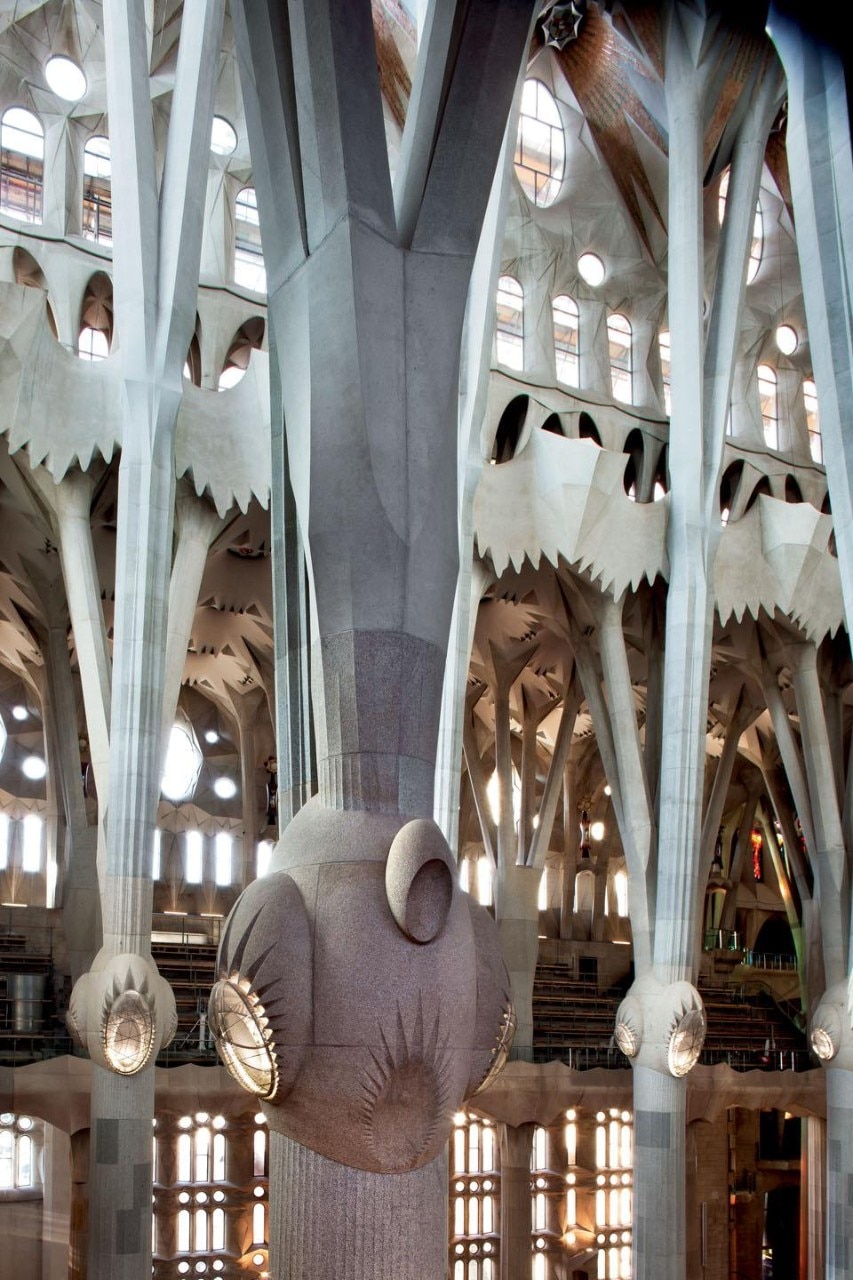
Although the people continuing the work got the basics right, they do not have Jujol's ability to interpret Gaudí in his own language, nor the capacity of Scarpa or Albini to convey him in their own language.
